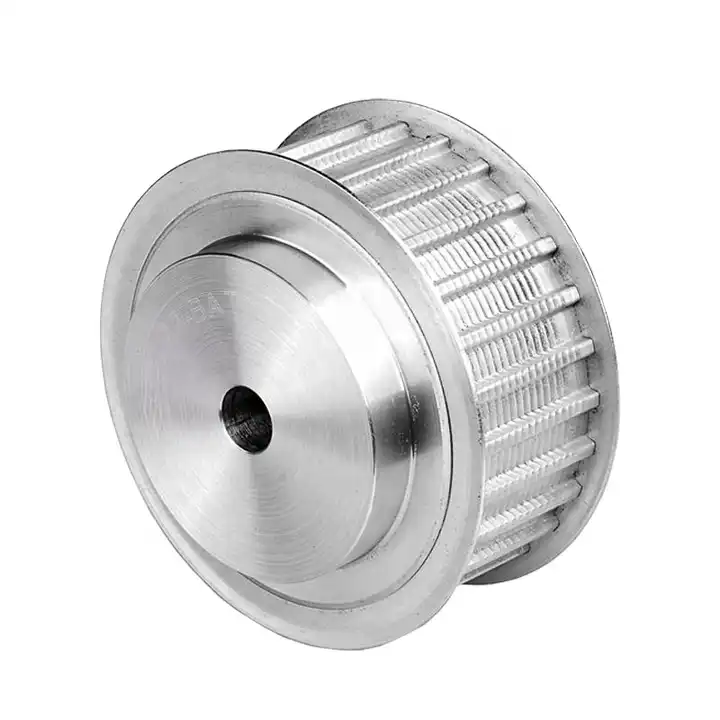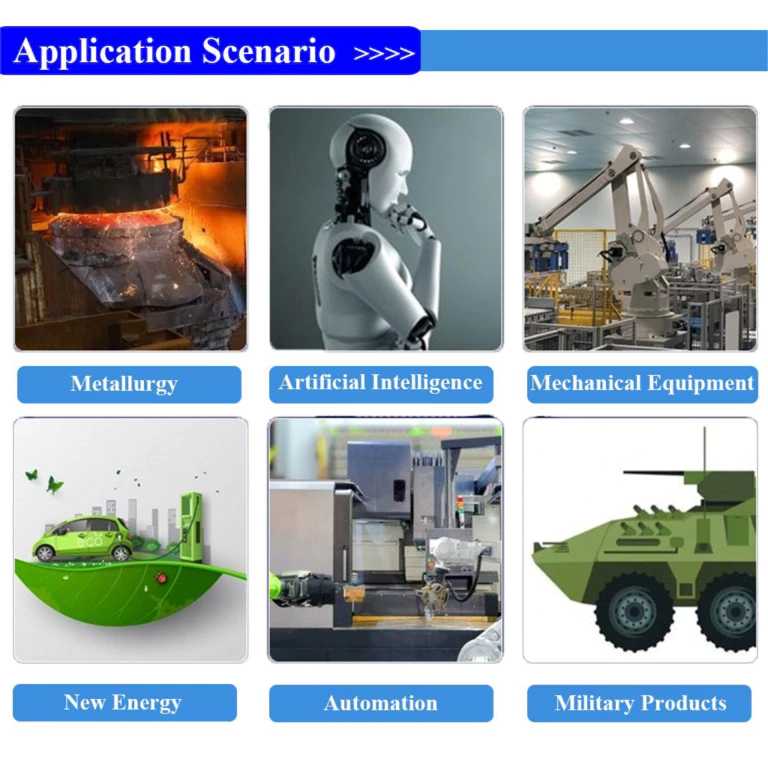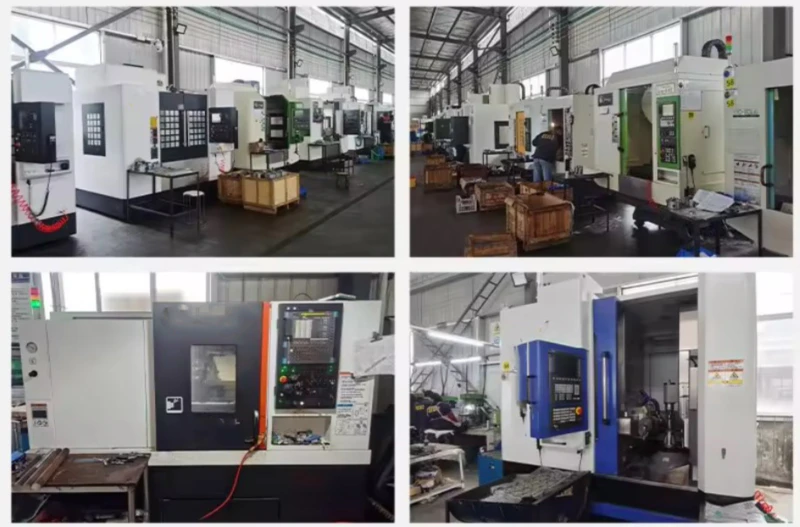Global Standards and Certifications for Timing Pulley Products
Timing pulleys are an essential component of many industrial and mechanical systems. These products are used to transfer motion and power between rotating shafts in a variety of applications, from automotive engines to factory machinery and beyond. As such, ensuring the quality and reliability of timing pulleys is of utmost importance.
What are the key global standards and certifications for timing pulley products?
There are several key standards and certifications that are relevant to timing pulleys and related products:
- ISO 9001:2015 – Quality management systems
- ISO/TS 16949:2009 – Quality management systems for the automotive industry
- ANSI/AGMA 9002-B15 – Quality system requirements for the design, development, and production of timing belt drives
- JIS B 1853:2018 – Timing pulleys and belts for industrial power transmission
- DIN 7721-1:2014-01 – Pulleys for belts – Wedge pulleys for belts with narrow V-belts
ISO 9001:2015
The ISO 9001:2015 standard is a globally recognized quality management system that sets out requirements for organizations to meet in order to demonstrate their ability to consistently provide products and services that meet customer and regulatory requirements. This standard covers all aspects of an organization’s operations, from design and development to delivery and customer service.
ISO/TS 16949:2009
ISO/TS 16949:2009 is a technical specification for quality management systems in the automotive industry. This standard is designed to help automotive suppliers meet the stringent quality requirements of original equipment manufacturers (OEMs) and improve their overall performance. It covers all aspects of automotive product and process development, from design to production and service.
ANSI/AGMA 9002-B15
The ANSI/AGMA 9002-B15 standard sets out quality system requirements for the design, development, and production of timing belt drives. This standard covers all types of timing belt drives, including those used in automotive, industrial, and other applications. It aims to ensure that timing belt drives are designed and produced to meet customer requirements and industry best practices.
JIS B 1853:2018
The JIS B 1853:2018 standard covers timing pulleys and belts for industrial power transmission. This standard sets out the dimensions, materials, and performance requirements for timing pulleys and belts used in industrial applications. It is widely used in Japan and other Asian countries.
DIN 7721-1:2014-01
The DIN 7721-1:2014-01 standard covers wedge pulleys for belts with narrow V-belts. This standard sets out the dimensions, materials, and performance requirements for wedge pulleys used in industrial applications. It is widely used in Europe and other regions.
What are the benefits of using certified timing pulley products?
Using certified timing pulley products can offer a number of benefits:
- Improved quality and reliability
- Greater compatibility with other components and systems
- Reduced risk of failure and downtime
- Compliance with industry standards and regulations
- Increased customer confidence and satisfaction
How can I find certified timing pulley products?
There are several ways to find certified timing pulley products:
- Look for products that carry certification marks or logos from recognized standards organizations
- Check with suppliers or manufacturers to see if their products have been certified
- Consult industry associations or trade groups for recommendations and guidance
What is a v pulley and how does it relate to timing pulleys?
A v pulley is a type of pulley that has a V-shaped groove in the center for holding a V-belt. This type of pulley is commonly used in power transmission systems to transfer motion and power between rotating shafts. While v pulleys are not the same as timing pulleys, they are often used in conjunction with timing pulleys and belts to achieve specific performance and efficiency goals.
To learn more about v pulleys, please visit vpulley.com.
What are the advantages of purchasing timing pulley products from your company?
Our company is a leading supplier of timing pulley products in the Chinese market. We offer a wide range of products, including timing pulleys, v pulleys, belt wheels, belt idler pulleys, flat pulleys, and more. Our products are manufactured using state-of-the-art CNC production equipment and automated assembly systems, ensuring consistent quality and reliability.
In addition to our high-quality products, we are committed to providing our customers with competitive prices and excellent service. We offer customized solutions to meet the unique needs of each customer, and we welcome customers to send us samples or drawings for custom orders.
Q&A
Q: What materials are timing pulleys made from?
A: Timing pulleys can be made from a variety of materials, including aluminum, steel, plastic, and more. The choice of material depends on factors such as the application, load requirements, and environment.
Q: Are timing pulleys and belts interchangeable between manufacturers?
A: In general, timing pulleys and belts from different manufacturers are not interchangeable. Even if they have the same dimensions, there may be differences in tooth profile, pitch, and other factors that can affect performance and reliability. It is important to use products from the same manufacturer or a compatible supplier to ensure proper fit and function.
Q: How can I extend the life of my timing pulleys?
A: Proper installation, maintenance, and use can help extend the life of timing pulleys. It is important to follow the manufacturer’s recommendations for installation and maintenance, and to avoid overloading or misaligning the system. Regular inspections and replacements of worn or damaged components can also help prevent premature failure.
Q: Can timing pulleys be used in high-speed applications?
A: Yes, timing pulleys can be used in high-speed applications, but it is important to choose products that are designed and rated for the specific requirements of the application. High-speed applications may require special materials, coatings, or lubricants to minimize wear and reduce noise and vibration.
Q: What is the maximum load capacity of a timing pulley?
A: The maximum load capacity of a timing pulley depends on several factors, including the size, material, and design of the pulley, as well as the application and operating conditions. It is important to choose a pulley that is rated for the expected load and that is properly installed and maintained to ensure safe and reliable operation.


